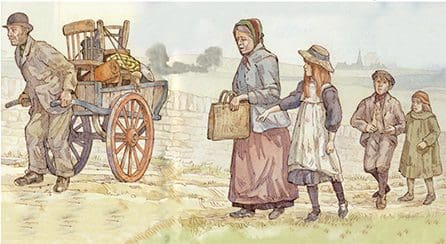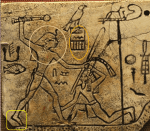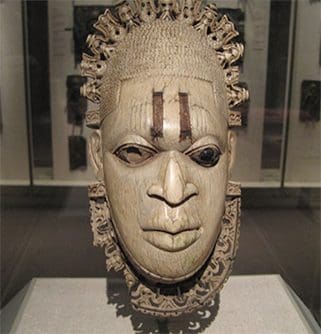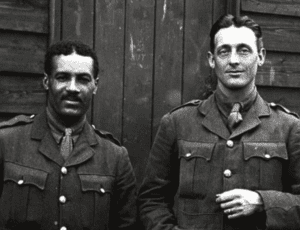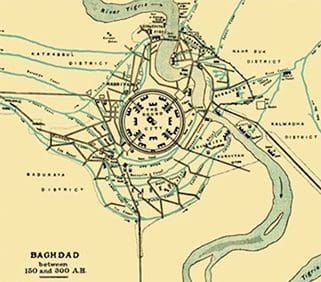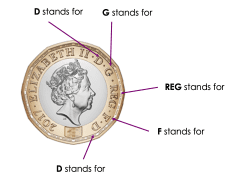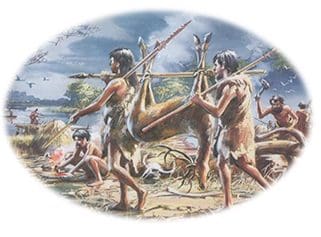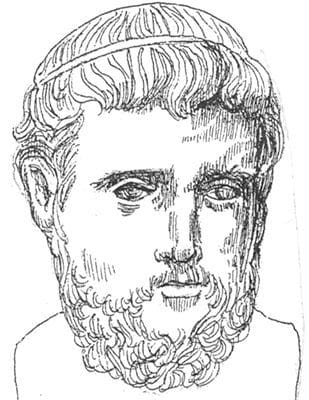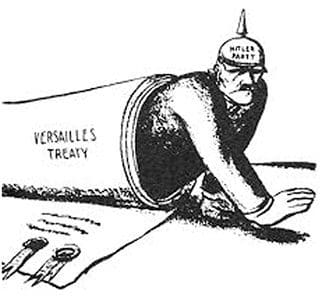
Pupils learn the sequence of events leading to the Second World war before a lively role-play debate in which they exchange well-rehearsed arguments verbally in the House of Commons and then write tight summaries of the key arguments for both sides.
This does not need to be the full-blown study of the causes – that is for KS3. You should explain Hitler’s grievances and his actions and the attitude of the British government, mainly in the form of appeasement. The sequencing activity ensures knowledge of key events and role play covers key issues of appeasement in a memorable way.
Learning objectives
- Pupils understand how the actions of Hitler threatened European peace.
- They understand what is meant by the term appeasement.
- They are aware of the dilemma facing Chamberlain and other appeasers.
- They can explain why Chamberlain ultimately took the decision to go to war.
Step 1
Start with the puzzling

